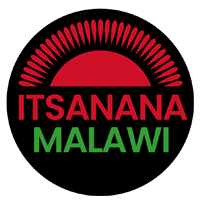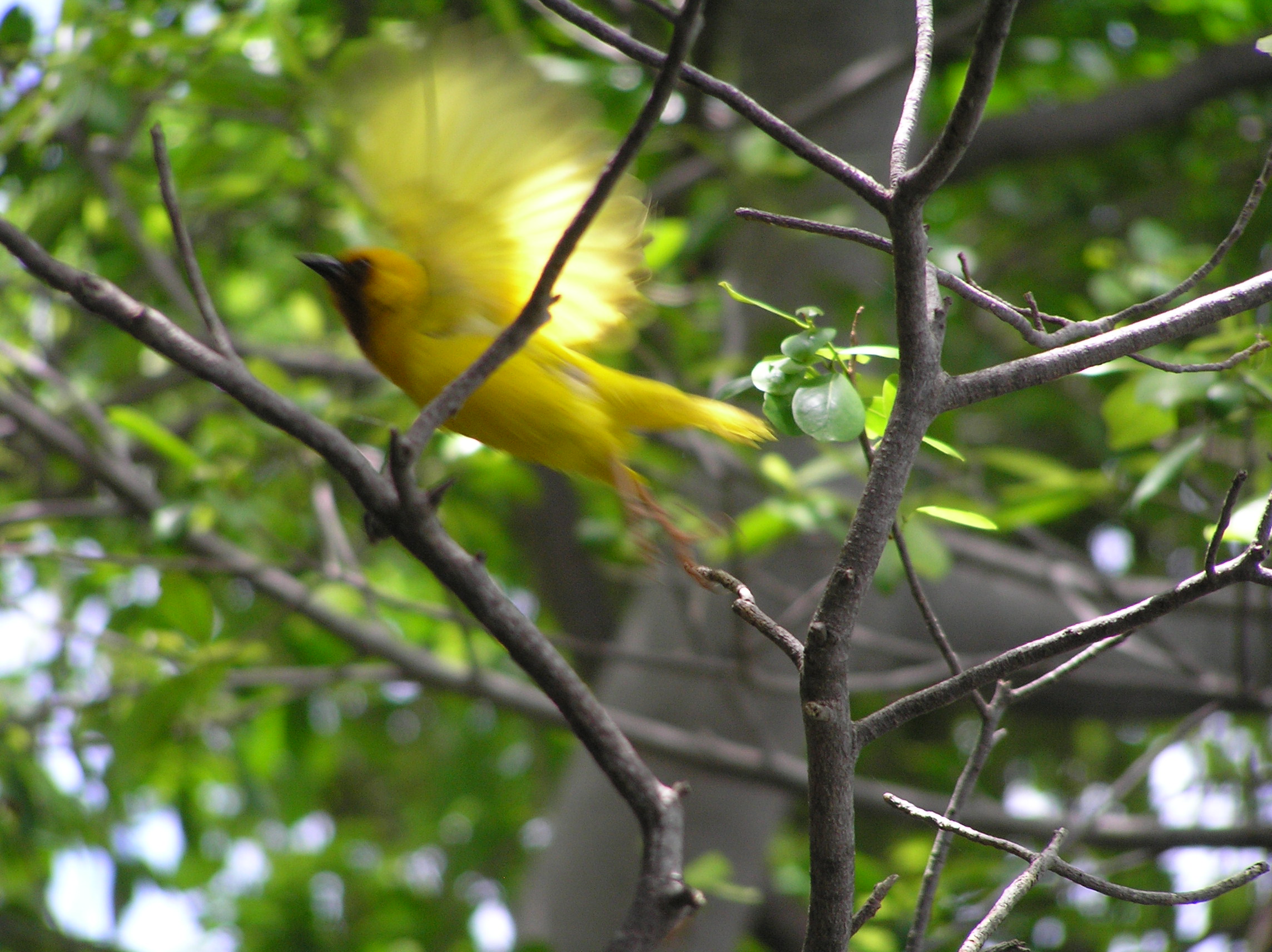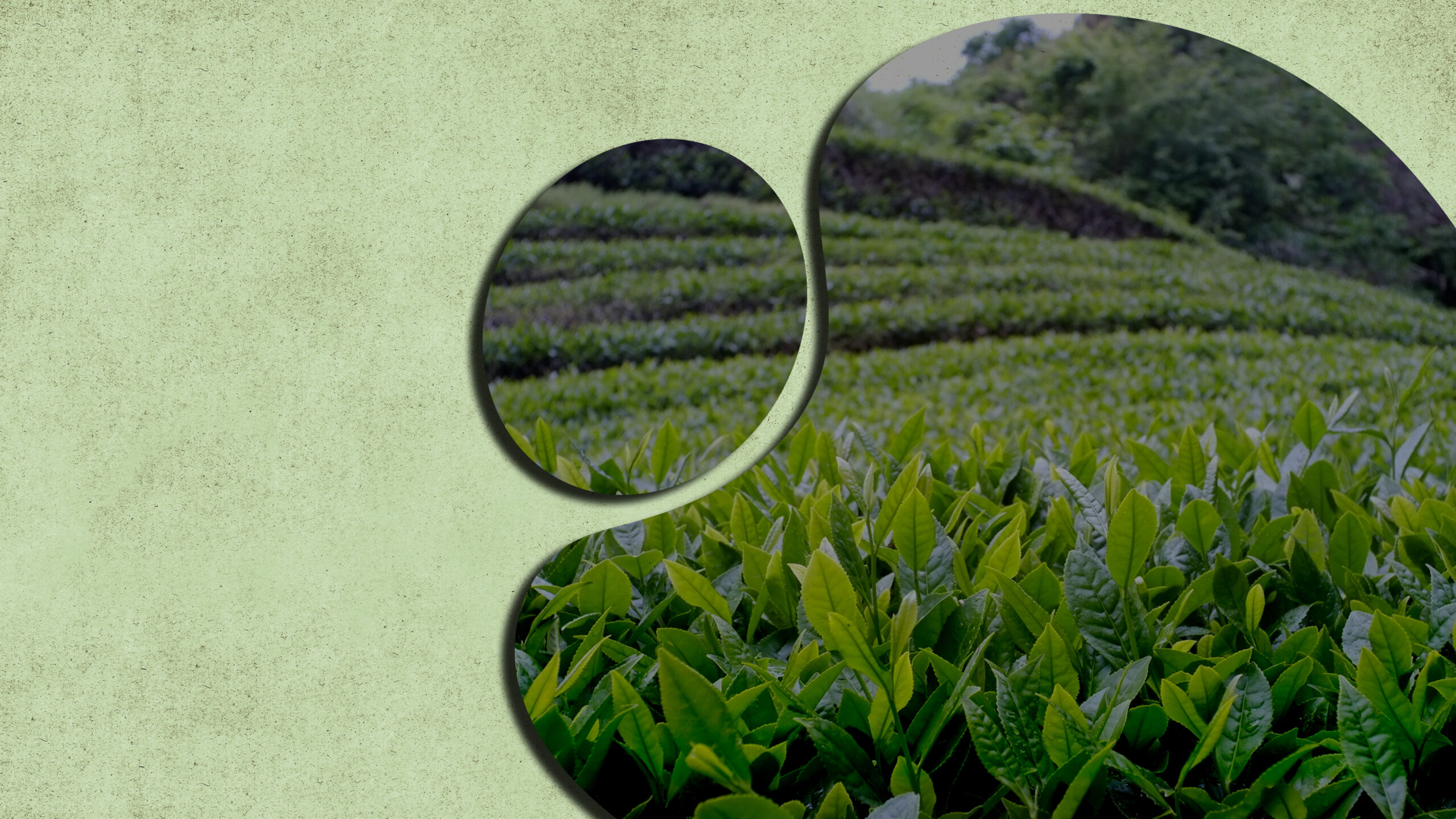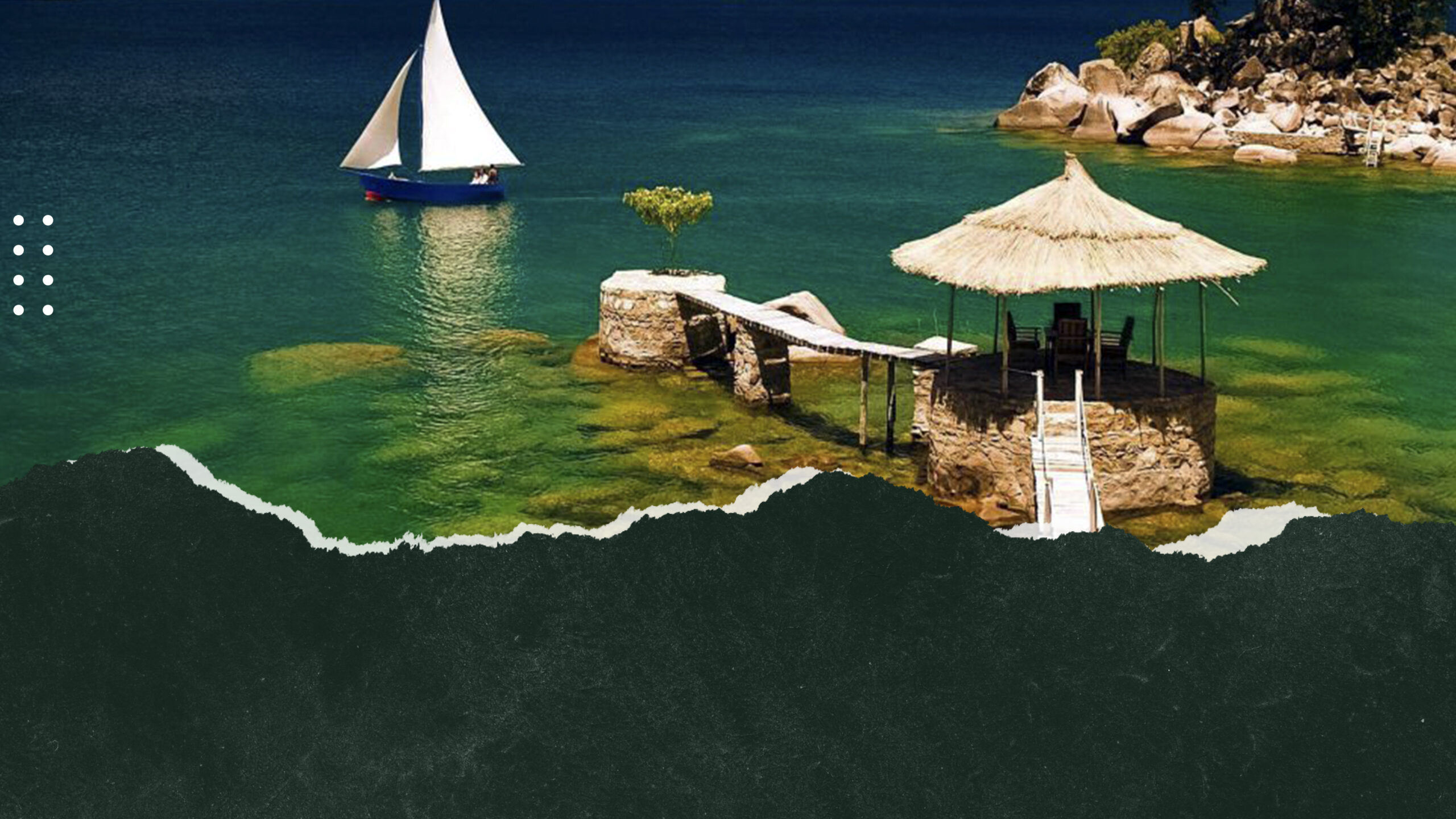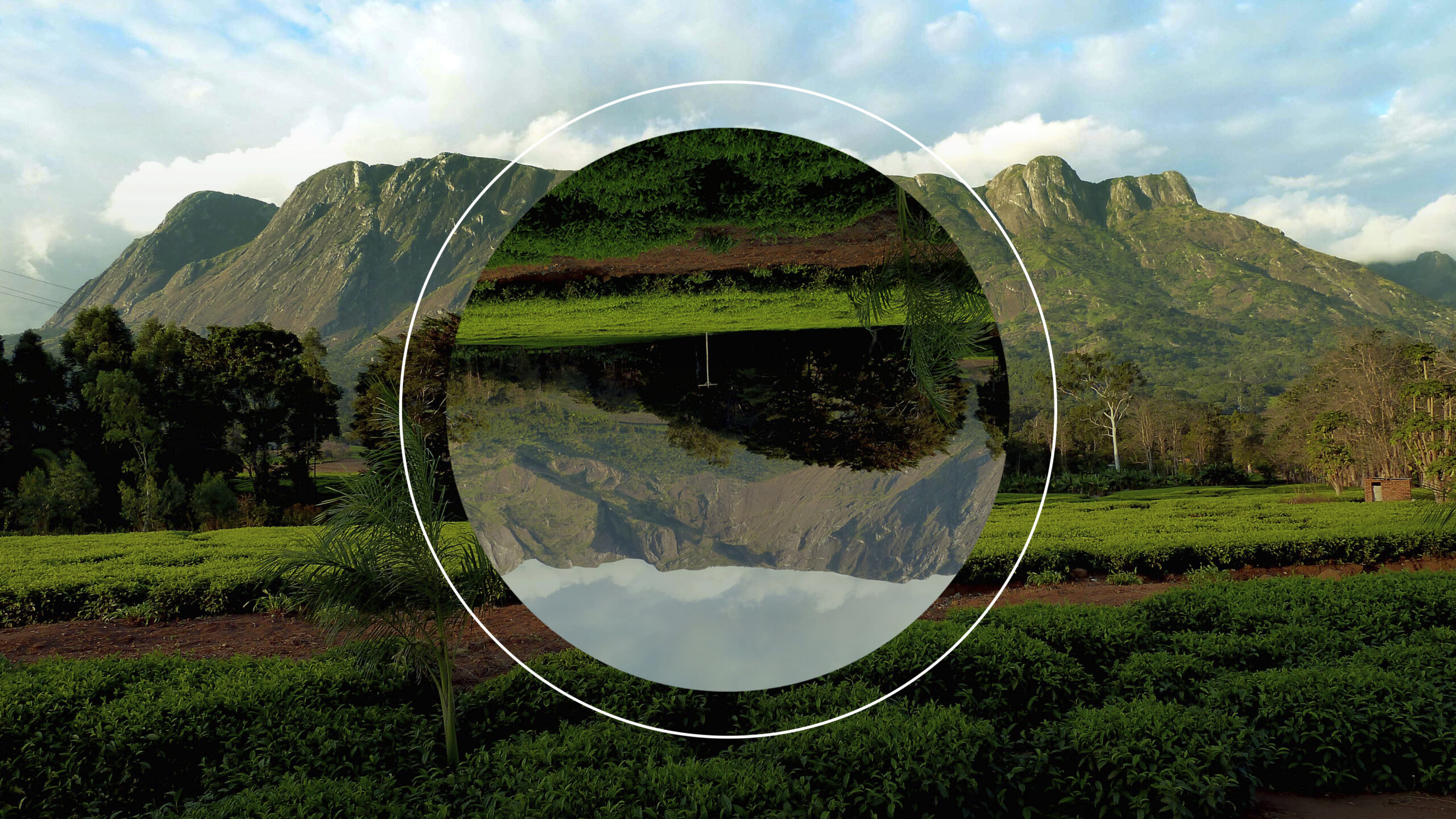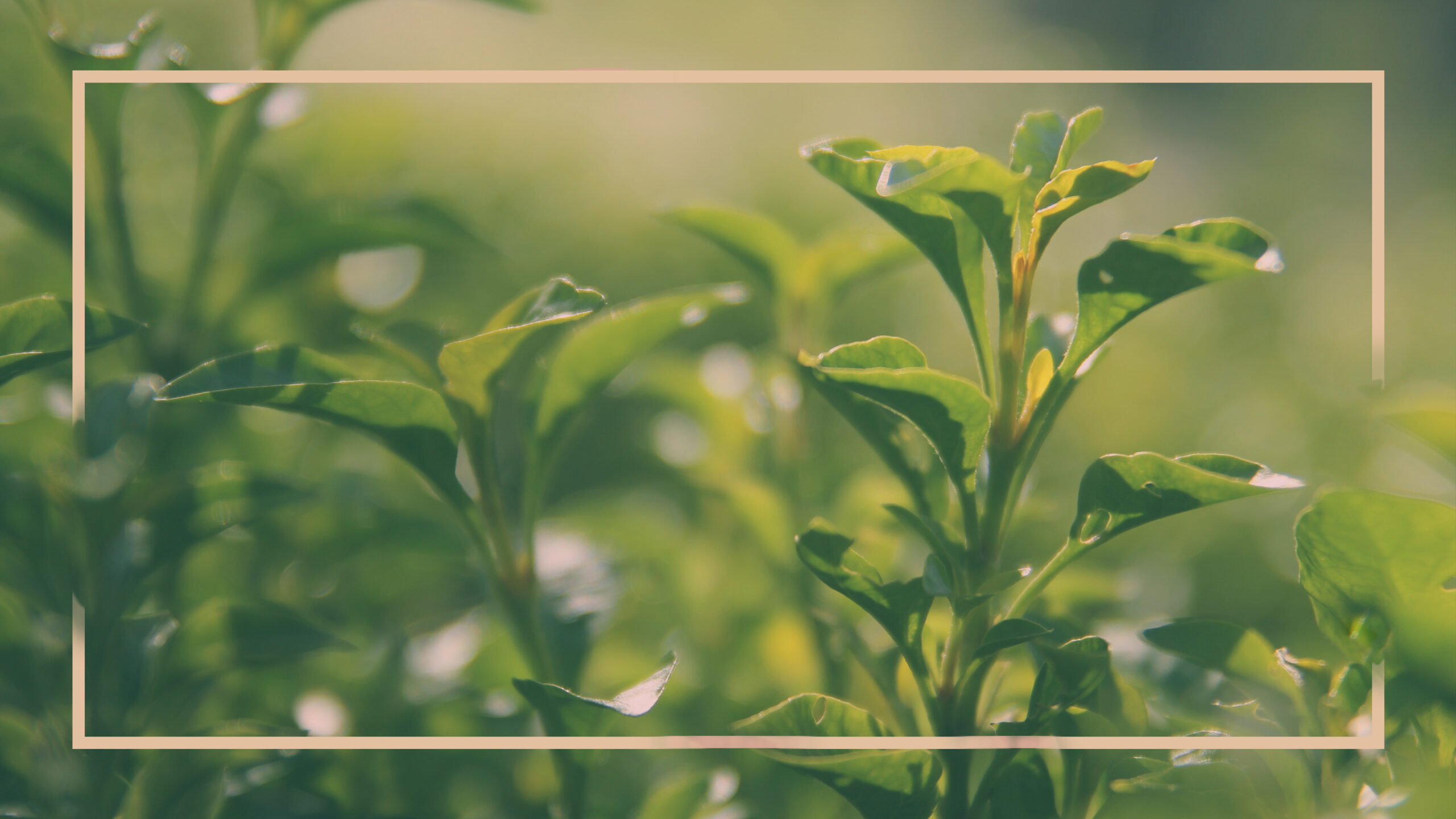SEE & DO - SALIMA
Mpatsanjoka Dambo
The lush and seasonally marshy Mpatsanjoka River runs in an arc north of Senga Hill, before emptying into Lake Malawi about 25km north of Senga Bay. The river is home to a small resident population of hippos, crocodile and water monitors, and is also noted to its prolific birdlife. The simplest way to reach the hippo pools is to adopt a local child as your guide (ask around in the village), and you may find beach touts who will offer to escort you, though it’s not difficult to find your own way there. Take the path crossing the hill from the road to Safari Beach Lodge, then descend to the beach and follow it through the reed fishing village northwards for a good 30 minutes to the river mouth. From here, it’s about 3km upriver to the area where you’re most likely to see hippos (you know you have gone far enough when you connect with a dirt road that bridges the river).
Seeing the hippos requires a little luck, and it would be wise to be very cautious especially in the morning, since people have been killed by hippos in this area. If you don’t see the hippo, you can be certain of seeing plenty of birds, including a good variety of hornbills, kingfishers, weavers and finches. It’s a good place to see colourful Boehm’s bee-eater, as well as the secretive and very localised rufous bellied heron. In the wet season, you could cross the bridge and continue north along the road for about 2km to an area of rice cultivation, where several unusual birds (including crowned crane and common pratincole) are regulars.
Tropical Fish Farm
This farm near Kambiri Point was established by Stuart Grant to breed Lake cichlids for the European tropical fish market, and as a holding point for fish being exported from the lake. A huge variety of cichlids can be seen in the tanks including several rare species, and visitors are welcome.
Kuti Community Wildlife Park
This 3,000ha community-owned reserve protects an area of grassy Brachystegia woodland that has been restocked with game after having been decommissioned as a government cattle ranch in the 1990s. The main stakeholders in the reserve are 11 villages that border the former ranch, housing a total of around 30,000 people. Some 50% of revenues raised by entrance and other fees helps fund community projects, ranging from the rehabilitation of boreholes and clinics to tree planting and seedling production. The park also houses an environmental education centre for local school children, and it is hoped that once wildlife volumes increase, excess animals can also be sold.
The most striking area in Kuti is a large swamp-like lake covered in water lilies and papyrus. Local fishermen use small balsa-wood coracles to punt through the marshland and the area is teeming with birds. The park also supports an increasingly varied selection of mammals. Naturally occurring species such as greater kudu, duiker, bushbuck, genet, civet and bush pig have fared well since the park was protected, while the likes of giraffe, zebra, nyala, sable, impala and warthog have been introduced and now roam freely within the reserve. There are also ostriches in enclosures, and three camels arrived in 2009 to offer camelback safaris. Game viewing is best during the dry season, especially over July-September.
Kuti lies about 8km from Salima by road and can easily be accessed in a private vehicle, though a 4×4 may be required after rain. The entrance, reached via a short dirt road, is signposted along the north side of the M14 to Lilongwe some 4km west of the main junction with the M5 South and about 2km east of the junction with the M5 North. Self catering accommodation and camping is available at Senga Camp, 2km past the entrance gate. Camping costs Mk750 per person, and there are four five bed-A-frame huts available at Mk3,500 per unit. Facilities at the campsite include an ablution block, shaded barbeque facilities, and guided game walks and night drives are offered.
Thuma Forest Reserve
This 197km²forest reserve, gazetted in 1926, lies due east of Lilongwe where it spans a stretch of the Rift Valley Escarpment rising from a basal altitude of 575m to the 1,564m peak of Thuma Mountain. Bounded by the Lilongwe River to the north and the Linthipe River to the south, it protects a wide variety of habitats, including Brachystegia woodland, bamboo forest and evergreen forest, and it forms the most northerly, component in a complex of protected areas stretching south to Mua Livulezi. Until recently, Thuma had seen little scientific exploration and even less tourist development, and poaching was a major problem. Then, in 1996, conservation management was handed over to a small NGO called the Wildlife operation of local villagers, making Thuma something of a flagship reserve for its linked goals of protecting some of Malawi’s lesser-known wilderness areas and opening them up to the revenue-generating tourism.
Characterised by rugged escarpment and an untrammelled wilderness atmostphere, Thuma offers the opportunity to track a wide variety of large mammals on foot. Some 40-odd large mammal species have been recorded, including significant populations of elephant and buffalo, both on the increase according to data collected in 2007, as well as leopard, spotted hyena, baboon, vervet monkey, bushbuck, greater kudu, klipspringer, Sharpe’s grybok, common duiker and various small predators. The bird checklist, though still incomplete, includes more than 170 species, including the first Malawian record for Natal francolin.
Tourist development remains very low key, but is ideal for genuine outdoor enthusiasts. The attractive campsite costs US$5 per person and it has basic cooking, shower and toilet facilities, but visitors must bring their own camping equipment, food and drinks. Unguided walking is forbidden, owing to the presence of elephant and buffalo, but guided hikes are available at US$10 per person.
Briggs, P. (2010). Lilongwe. In: Briggs, P Malawi. 5th ed. Connecticut: Bradt. p114 – 116
